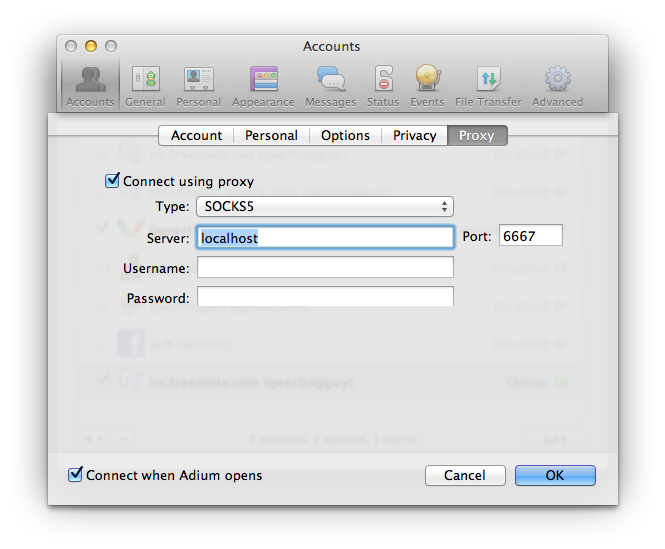Using an Ansible playbook with an SSH bastion / jump host
Since I've set this up a number of times, but I just realized I've never documented it on my blog, I thought I'd finally do that.
I have a set of servers that are running on a private network. That network is connected to the Internet through a single reverse proxy / 'bastion' host.
But I still want to be able to manage the servers on the private network behind the bastion from outside.
Method 1 - Inventory vars
The first way to do it with Ansible is to describe how to connect through the proxy server in Ansible's inventory. This is helpful for a project that might be run from various workstations or servers without the same SSH configuration (the configuration is stored alongside the playbook, in the inventory).
In my Ansible project, I had an inventory file like the following:

